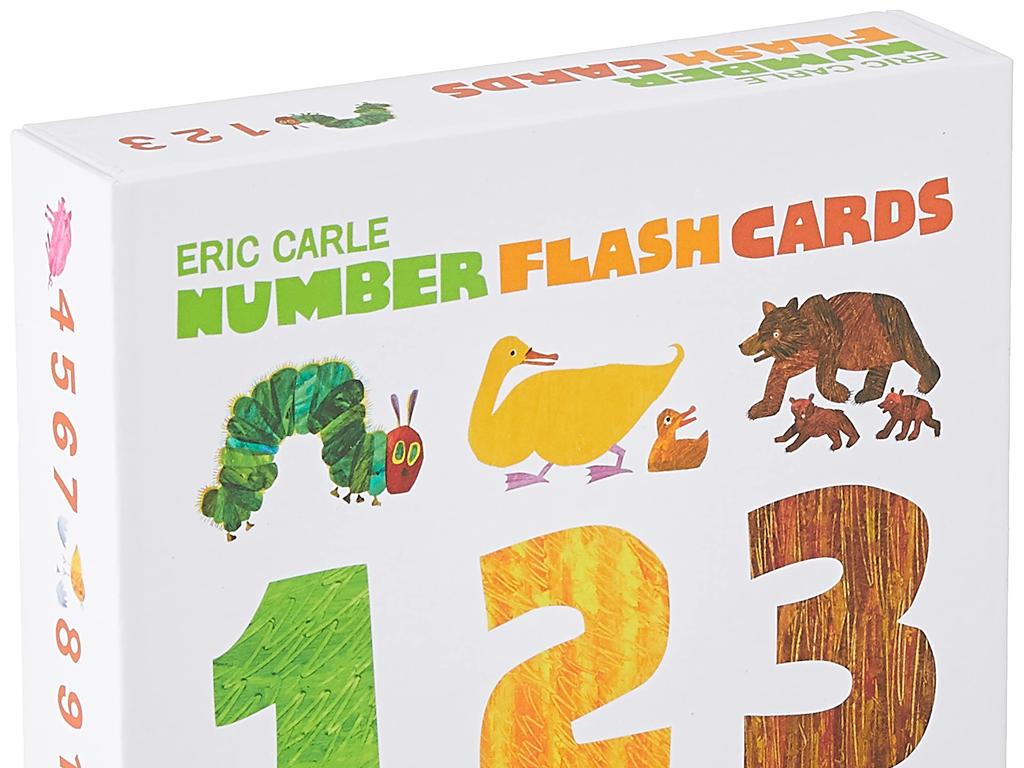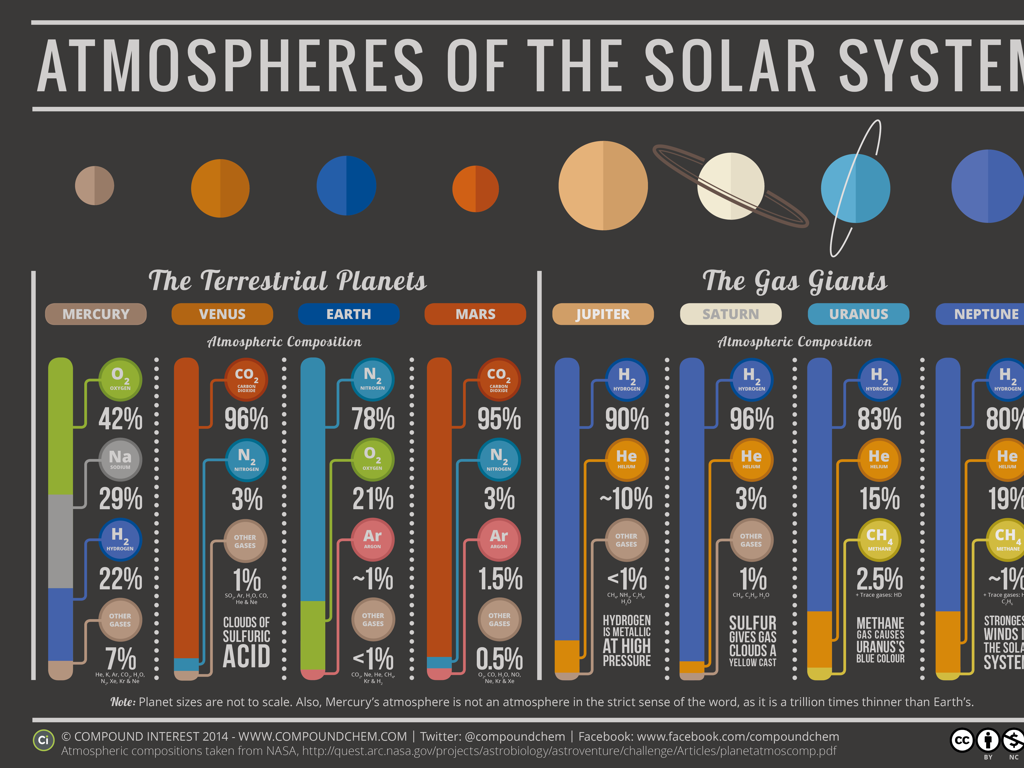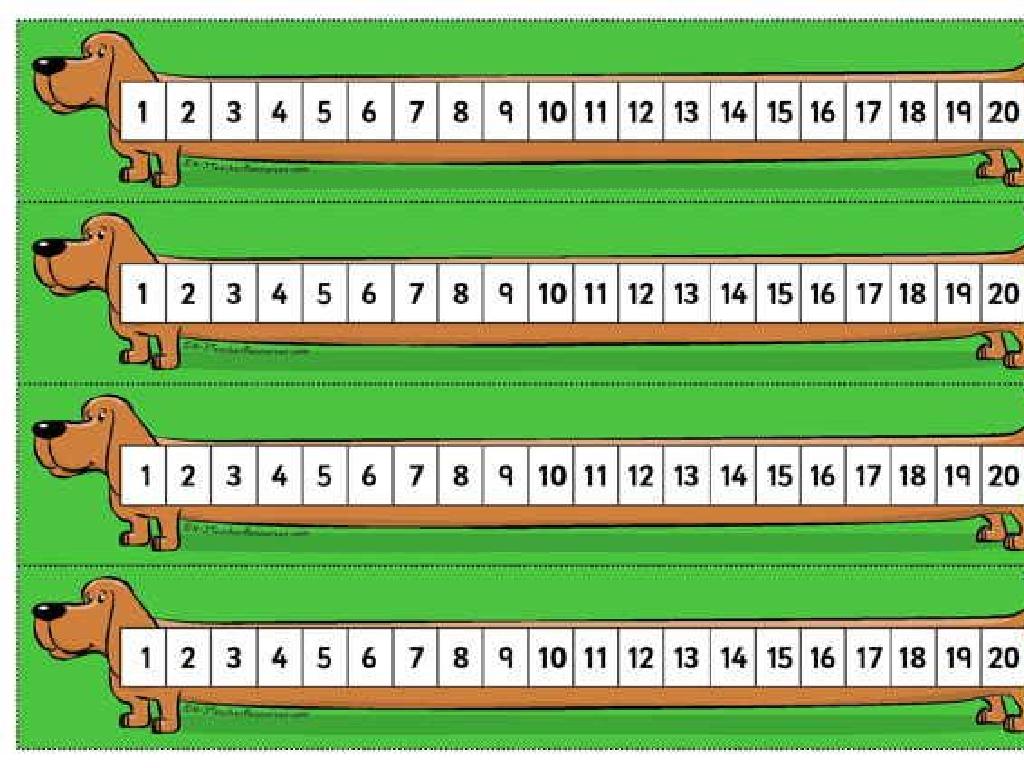Multi-Step Problems With Metric Unit Conversions
Subject: Math
Grade: Fifth grade
Topic: Metric Units Of Measurement
Please LOG IN to download the presentation. Access is available to registered users only.
View More Content
Welcome to Metric Units!
– Greetings, young mathematicians!
– Exploring Metric Units of Measurement
– Learn about meters, liters, and grams
– Why learn metric conversions?
– Converting units is essential for solving problems
– Real-world application of metric units
– Examples: medicine dosage, cooking, and science experiments
|
Today’s class is an exciting introduction to the world of metric units, which are used globally for measurement. We’ll explore the basic units of length (meter), volume (liter), and mass (gram), and understand how to convert between different scales, such as kilometers to meters, and milliliters to liters. Understanding these conversions is crucial for real-world problem-solving in various scenarios such as calculating medication dosages, following recipes, and conducting scientific experiments. Engage the students with examples they can relate to and encourage them to ask questions about times they’ve encountered metric measurements in their daily lives.
Understanding Metric Units
– Exploring the metric system
– A decimal-based system of measurement used globally
– Learn base metric units
– Meter (m) for length, Liter (L) for volume, Gram (g) for mass
– Global use of metric units
– It’s standardized, simple to convert and used internationally
|
This slide introduces the metric system, a globally recognized system of measurement based on the number 10, making it easier to understand and convert between units. The base units of meter, liter, and gram measure length, volume, and mass, respectively. Emphasize the importance of the metric system’s use around the world due to its ease of conversion and standardization, which facilitates international trade, science, and communication. Encourage students to think about how different life would be if everyone used different measurement systems and the confusion that could cause.
Understanding Metric Units Prefixes
– Learn metric unit prefixes
– kilo-, hecto-, deka-, deci-, centi-, milli-
– Prefixes modify base unit values
– kilo- means 1000 times larger, milli- means 1/1000th of the base unit
– Examples: km, cm, mL
– A kilometer is 1000 meters, a centimeter is 1/100th of a meter
– Conversion practice
|
This slide introduces students to the concept of metric unit prefixes, which are essential for understanding and converting between different units of measurement. Start by explaining each prefix and its meaning, then show how attaching these prefixes to base units like meters or liters changes their value. Provide clear examples such as a kilometer being 1000 meters and a centimeter being 1/100th of a meter. Encourage students to think of other examples and to practice converting between units, reinforcing their understanding of the size differences that prefixes represent.
Converting Metric Units
– Steps to convert metric units
– Use the metric conversion table as a guide
– Multiply or divide for unit conversion
– If converting to a smaller unit, multiply. If larger, divide.
– Example: 5 meters to centimeters
– 5 meters equals 500 centimeters (5 x 100)
|
This slide is aimed at teaching students the process of converting between different metric units. Start by explaining the base units in the metric system and how they can be converted by multiplying or dividing by powers of 10. Emphasize the importance of knowing whether to multiply or divide based on the size of the units involved. Use the example of converting 5 meters to centimeters to illustrate the process, multiplying by 100 because centimeters are smaller than meters. Encourage students to practice with additional examples and to use the conversion table as a reference.
Mastering Multi-Step Metric Conversions
– Understand multi-step problems
– Grasping the concept of solving problems that require more than one conversion step.
– Break down into smaller steps
– Divide the problem into parts to simplify the process.
– Work through an example problem
– Example: Convert 2500 millimeters to kilometers.
– Guided solution process
– Step-by-step guidance to find the solution.
|
This slide aims to teach students how to approach complex metric conversion problems by breaking them down into simpler, more manageable steps. Start by explaining that some problems require converting a measurement through multiple units (e.g., from millimeters to centimeters to meters to kilometers). Demonstrate the process using an example, such as converting 2500 millimeters to kilometers. Guide them through each conversion step: first to centimeters, then to meters, and finally to kilometers. Emphasize the importance of understanding the relationship between metric units and using this knowledge to solve multi-step problems. Encourage students to practice with additional problems and to check their work at each step.
Let’s Practice Together: Metric Conversions
– Class solves a problem together
– Encourage questions and participation
– Work through the problem step by step
– For example, converting 2500 millimeters to meters
– Review and discuss the solution
– Ensure understanding of each conversion step
|
This slide is designed to engage the entire class in a collaborative problem-solving activity focused on metric unit conversions. Start by presenting a multi-step problem that requires converting different metric units. Encourage students to participate by asking questions and suggesting steps to solve the problem. Work through the problem as a class, ensuring each step is understood and explaining the reasoning behind each conversion. After solving, review the solution together and discuss any difficulties faced during the process. This activity will help reinforce the concept of metric conversions and build confidence in solving similar problems independently.
Group Activity: Metric Unit Conversion
– Divide into small groups
– Each group gets a unique problem
– Problems involve converting units like meters to kilometers
– Collaborate on multi-step solutions
– Use division or multiplication for conversion
– Present findings to the class
|
This group activity is designed to foster collaboration and problem-solving skills among students. By working in small groups, students can discuss and strategize on how to approach multi-step metric conversion problems. Each group will receive a problem that requires them to convert between different metric units, such as from meters to kilometers or grams to kilograms, using multiplication or division. After solving the problem, each group will present their solution and explain their reasoning to the class. This will not only help them understand the concept of metric conversions but also improve their communication and presentation skills. As a teacher, circulate around the room, provide guidance as needed, and ensure that each group is on task. Possible activities could include converting a recipe’s ingredients from grams to kilograms, determining the distance between cities in different units, or converting the capacity of containers from milliliters to liters.
Presenting Our Metric Conversion Solutions
– Groups present problems and solutions
– Engage in peer and teacher feedback
– Discuss correct conversion methods
– How to use conversion factors correctly
– Address and clarify misunderstandings
– Common errors: misplacing decimal, incorrect unit
|
This slide is designed for a class activity where students will present the multi-step metric conversion problems they have worked on and their solutions. Each group will take turns explaining their problem-solving process. After each presentation, classmates and the teacher will provide feedback, highlighting strengths and suggesting improvements. The teacher should emphasize the importance of using conversion factors correctly and ensure that students understand where to place the decimal point and how to choose the correct unit for their final answer. Common misunderstandings should be addressed, and the teacher should provide additional examples or strategies as necessary to reinforce the correct methods. This activity aims to solidify students’ understanding of metric conversions through collaborative learning and open discussion.
Metric Unit Conversion: Individual Practice
– Work on practice problems alone
– Apply conversion skills to new problems
– Use the steps we learned to solve different types of problems
– Teacher support during practice
– I’ll come around to help if you’re stuck
– Check your understanding of conversions
– Are you able to explain how you got your answers?
|
This slide is for an activity where students will apply their knowledge of metric unit conversions through individual practice. Provide a variety of problems that require students to convert between different metric units, such as kilometers to meters, grams to kilograms, or liters to milliliters. Encourage them to use the conversion steps taught in class. As the teacher, you should circulate the room to offer assistance, answer questions, and gauge each student’s understanding. Be prepared with prompts to help students who are struggling and challenge questions for those who are excelling. This practice will help solidify their understanding of metric conversions and prepare them for more complex multi-step problems.
Review and Wrap-Up: Metric Conversions
– Recap key conversion concepts
– Remember to multiply or divide to convert between units
– Discuss common conversion errors
– Mixing up milli-, centi-, and kilo- can lead to mistakes
– Open floor for questions
– No question is too small, feel free to ask anything!
– Encourage practice at home
|
As we conclude today’s lesson on metric unit conversions, it’s important to review the key concepts, such as how to multiply or divide when converting between units like meters, liters, and grams. Highlight the common mistakes, like confusing the prefixes milli-, centi-, and kilo-, and ensure students understand the differences. Open the floor for any questions the students might have, reassuring them that all questions are welcome and important for learning. Encourage them to continue practicing these conversions at home, perhaps by measuring items in their kitchen or calculating distances in a fun way. This will help solidify their understanding and prepare them for more complex problems.
Class Activity: Metric Conversion Challenge
– Engage in a metric conversion game
– Compete to solve problems quickly
– Accuracy is key to winning
– Have fun while learning conversions
|
This interactive game is designed to reinforce students’ understanding of metric unit conversions in a fun and competitive setting. Divide the class into small groups or pairs and present them with a series of conversion problems that they must solve accurately and quickly. Use a timer to add an element of urgency. The problems should range in difficulty to cater to all students. Possible activities include: 1) Relay race with conversion questions, 2) Conversion bingo with problem cards, 3) ‘Beat the clock’ where students solve as many problems as they can in a set time, 4) ‘Conversion scavenger hunt’ with problems hidden around the room. This activity will help students practice their conversion skills and reinforce their learning through a playful, engaging approach.






